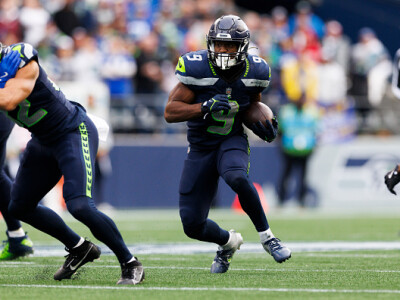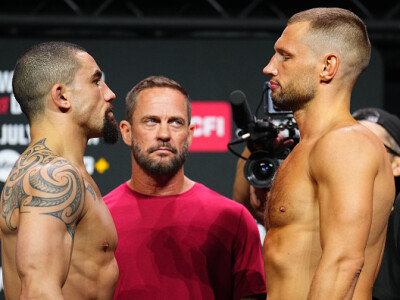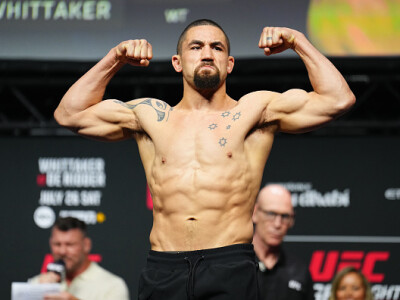We are less than TWO weeks away from the start of the NBA season and I, for one, am giddy. No, not Josh Giddey, my hair does not flow like his, but giddy like my three-year-old come Christmas time. With the season ready to begin, I figured I’d put together an NBA DFS primer and what to look for when playing cash games and tournaments. NBA DFS is unlike any other. We’re not constantly stacking teams with bringbacks, or playing four guys from one lineup if a team is fully healthy. We’re constantly glued to our phones and computer screens refreshing the news if Player X is going to play and if Player Y is limited or not. With that said, knowing what to look for in cash and GPPs and the differences between the two will help us have a successful season. Like the great “Zuma” from Paw Patrol always says, “let’s dive in!”
NBA DFS Cash Games
Risk aversion is the name of the game for cash games in NBA DFS. In the world of daily fantasy sports, we always talk about floors and ceilings. For cash games, you’re looking for a safe floor. How do we arrive at a safe floor? What factors go into said floor? Let’s dive into some of the most important things we should be looking at, and checking off our list when building our lineups.
- Minutes - Will Player X play enough minutes to accrue fantasy points? If he’s not on the floor, he can’t do anything outside of plummeting you down the standings.
- Value (ROI) - Will Player X return the investment with enough fantasy points? Value is based on a point-per-dollar return. Usually, as a floor, we’re looking for a 5x-6x baseline. Example: Player X is $5,000. 5x return is 25 FP. (Math = 5x5). 6x return is 30 FP. (Math = 5x6)
- Player Role - Is Player X someone who is involved heavily in the game? Players that have high usage rates have the ball in their hands a lot. Players that don’t typically have low floors, which is not a sound cash game play.
- Injury News - Is Player X a good enough replacement to make sense in our cash game lineups? Is a star player out or is it just a role player replacing a role player? Not every replacement starter is worth using, some are just lineup filler.
- Coaching - If Player X is on a team with a head coach who plays a very deep rotation, will they be able to consistently reach their projected floor? If not, they’re best suited for GPPs.
- Viva Las Vegas - Player X is in a game with a 15-point spread. Will he still be on the floor in the 4th quarter? Knowing spreads, lines, and over/under are important data points.
- Ownership - Why is the field projected to roster Player X so heavily? Is Player X safe enough to warrant that ownership?
Cash Game Contests
Now that you know what to look for, and what contests are you looking for, that would help too! Typically your cash games are your 50/50s and double-ups. Understanding 50/50s is very simple. Finish in the top half of the contest and win 1.8x your buy-in. Double-ups, also very easy to understand, are doubling up your buy-in if you finish above the cash line. You get a better return on your investment with double-ups, but fewer players win, so that circles back to the first line of this article; risk aversion.
NBA DFS GPPs (Tournaments)
You’ll hear people refer to it as tournaments and GPPs and sometimes combine them into GPP Tournaments (looking at you Bender). Unlike cash games, tournaments are all about taking risks that you wouldn’t be taking in cash. Guaranteed Prize Pools are very top-heavy pay structures that reward those finishing atop the leaderboards.
GPP lineups are definitely more volatile and finding the balance between safety and volatility leads us to a wide range of outcomes, which is more acceptable than in cash where we are always looking for security and consistency. Like the example used in the cash game portion where 5x-6x is what we’re looking for out of everyone as a baseline, while that remains true in tournaments, we want guys that can exceed that and possibly put up 9x-10x their salaries. That’s called a ceiling, which is critical to find to win, not just cash, a GPP. How do we find players like that, you ask?
Well, we find the players that everyone else in our tournament does not have. That’s where ownership comes in. Lower-rostered players are the key to unlocking a winning tournament lineup. If there is an obvious high-owned play, that’s fine, use him, because you have seven other positions on DraftKings to differentiate and eight others on FanDuel.
Nothing tilts advantages to the sharp NBA DFS GPP player more than the news cycle. There is no sport like the NBA and it’s late-breaking news in which players are being ruled out like Oprah handing out cars. Staying on top of every move and having an immediate game plan on the team’s rotation, strategy, and history of how the head coach handles players being out.




